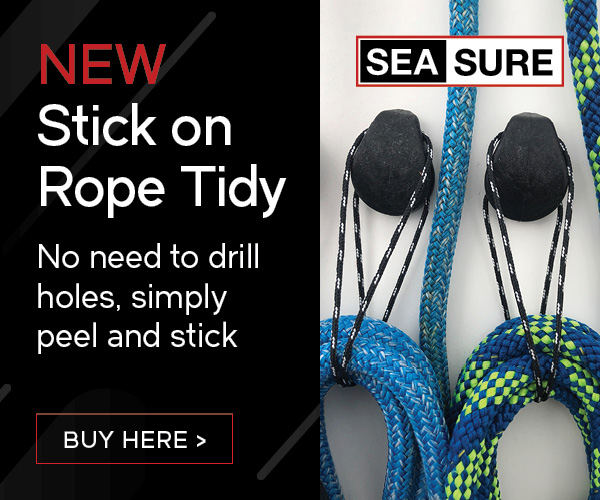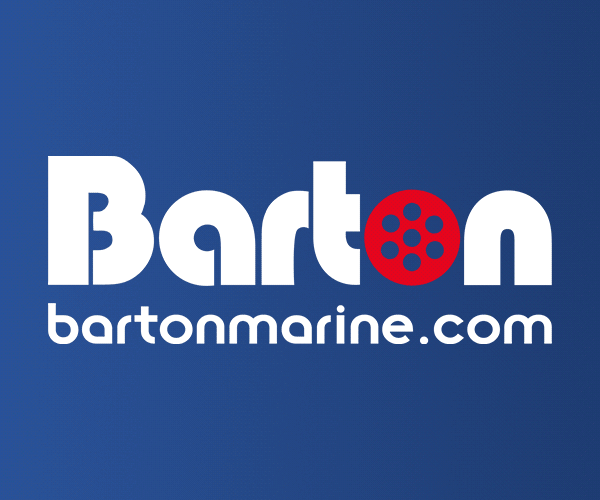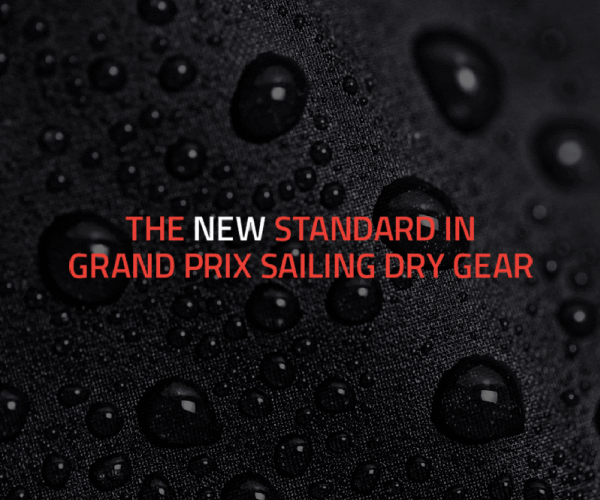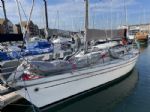












Boats for sale
| Rossiter Pintail Mortagne sur Gironde, near Bordeaux |
 |
| Laser 28 - Excellent example of this great design Hamble le rice |
 |
List classes of boat for sale |
Sail Panel Layout |
Post Reply 
|
Page <1 345 |
| Author | |
SoggyBadger 
Really should get out more 
Joined: 26 Oct 10 Location: The Wild Wood Online Status: Offline Posts: 552 |
 Post Options Post Options
 Quote Quote  Reply Reply
 Topic: Sail Panel Layout Topic: Sail Panel LayoutPosted: 12 May 19 at 7:04pm |
And your tell-tails are telling the truth. I'm rather confused about where you think this vertical crease comes from though? I've not seen one of those which was causes by anything other than too much Cunningham or luff tension, neither of which is related to the sail's panel layout.
|
|
|
Best wishes from deep in the woods
SB |
|
 |
|
Sam.Spoons 
Really should get out more 
Joined: 07 Mar 12 Location: Manchester UK Online Status: Offline Posts: 3400 |
 Post Options Post Options
 Quote Quote  Reply Reply
 Posted: 12 May 19 at 10:23pm Posted: 12 May 19 at 10:23pm |
|
Sorry, clearly cross purposes, I was referring to the vertical wrinkles you mentioned. I agree that wrinkles (as opposed to 'creases' though that was the term Sean Cox used) do fall within the boundary layer and don't affect performance.
I believe creases/wrinkles are common when a sail is tensioned beyond (or below) its design limits and the limits of adjustment are exceeded. Sailcloth with more stretch will accommodate a wider range of adjustment/shape but will hold it's shape less well under load and will have sub standard high wind performance. A low stretch cloth will make a sail which keeps it's shape better under load but will have less range of adjustment and be 'stiffer' and harder to read in light winds. Under load the aim is to allow gust response but keep the CoE reasonably constant so the sail spills in the gusts without unduly moving the CoE. Floppy head designs in windsurfing which set on downhaul alone are a perfect example but they tend to be slow in lighter winds. Dinghies have and significantly more sophisticated rig controls so can cope with a wider range of wind speeds with a single sail so the dinghy equivalent is a bendy mast and lots of cunningham.
|
|
|
Spice 346 "Flat Broke"
Blaze 671 "supersonic soap dish" |
|
 |
|
Post Reply 
|
Page <1 345 |
| Forum Jump | Forum Permissions  You cannot post new topics in this forum You cannot reply to topics in this forum You cannot delete your posts in this forum You cannot edit your posts in this forum You cannot create polls in this forum You cannot vote in polls in this forum |
Bulletin Board Software by Web Wiz Forums® version 9.665y
Copyright ©2001-2010 Web Wiz
Change your personal settings, or read our privacy policy
Copyright ©2001-2010 Web Wiz
Change your personal settings, or read our privacy policy











 Printable Version
Printable Version Delicious
Delicious Digg
Digg Facebook
Facebook Furl
Furl Google
Google MySpace
MySpace Newsvine
Newsvine reddit
reddit StumbleUpon
StumbleUpon Twitter
Twitter Windows Live
Windows Live Yahoo Bookmarks
Yahoo Bookmarks Topic Options
Topic Options